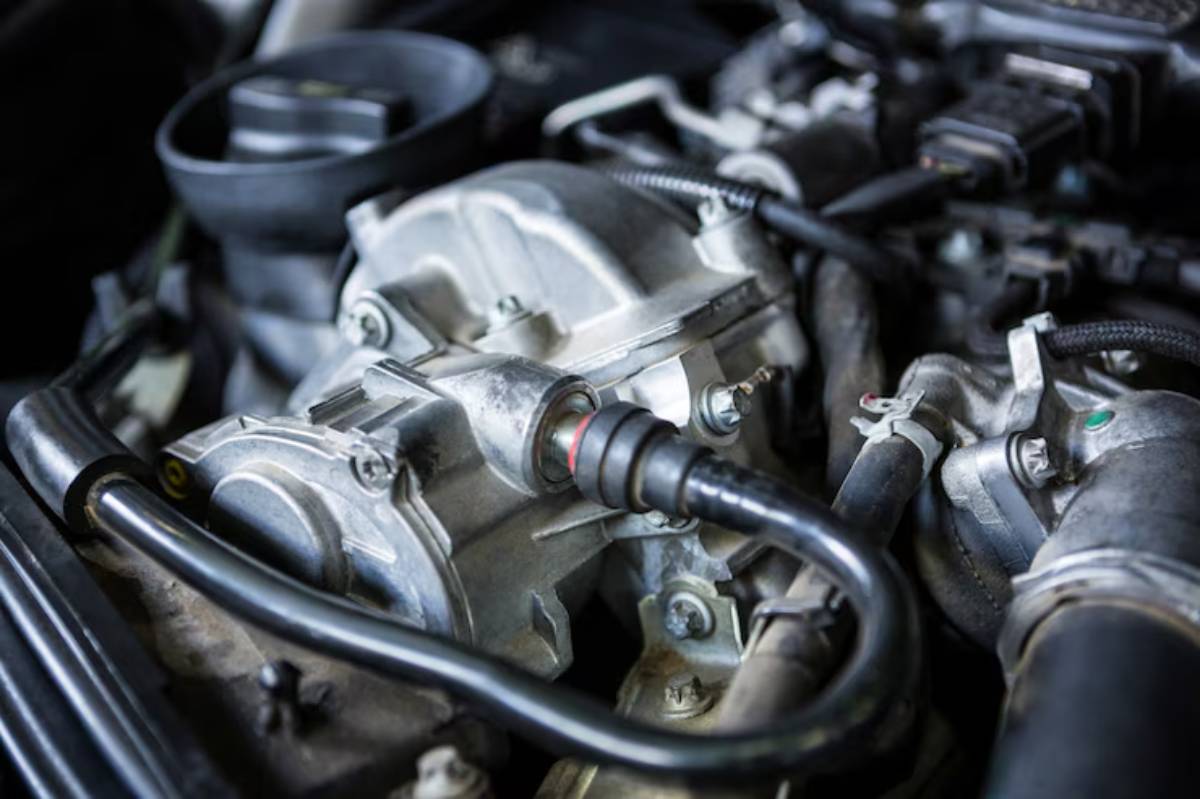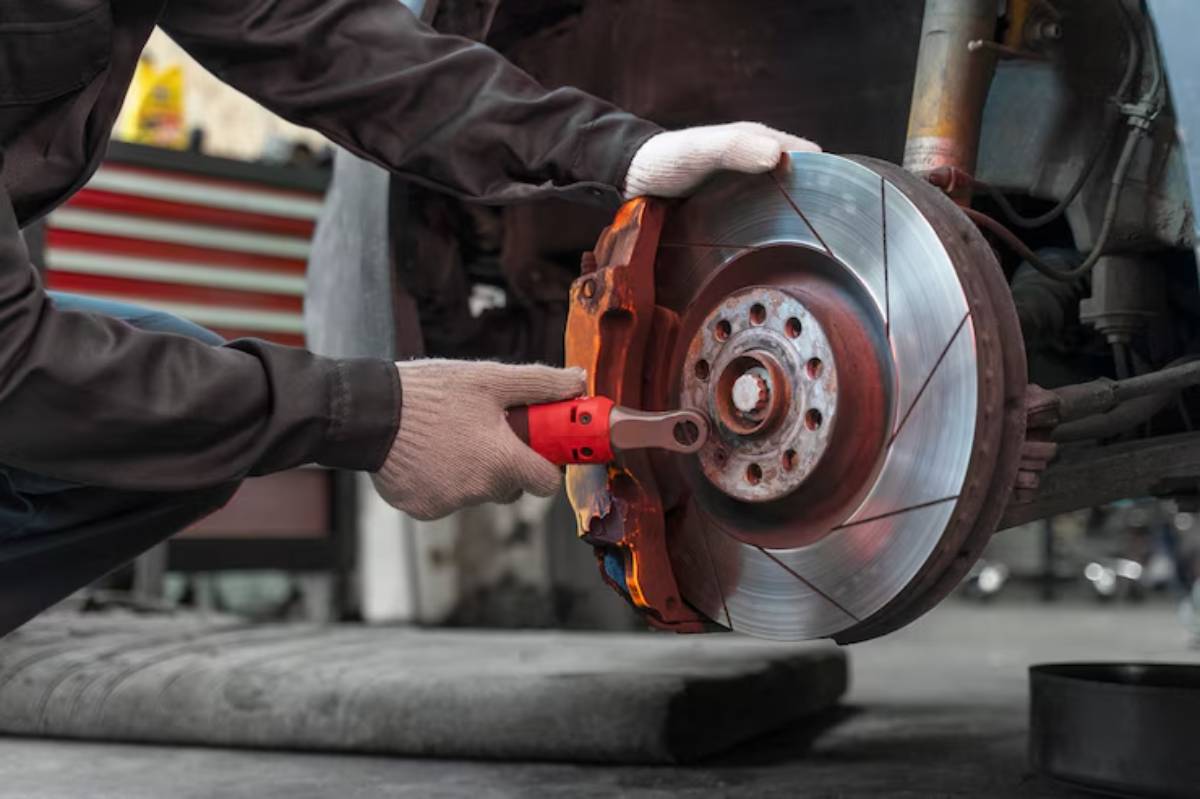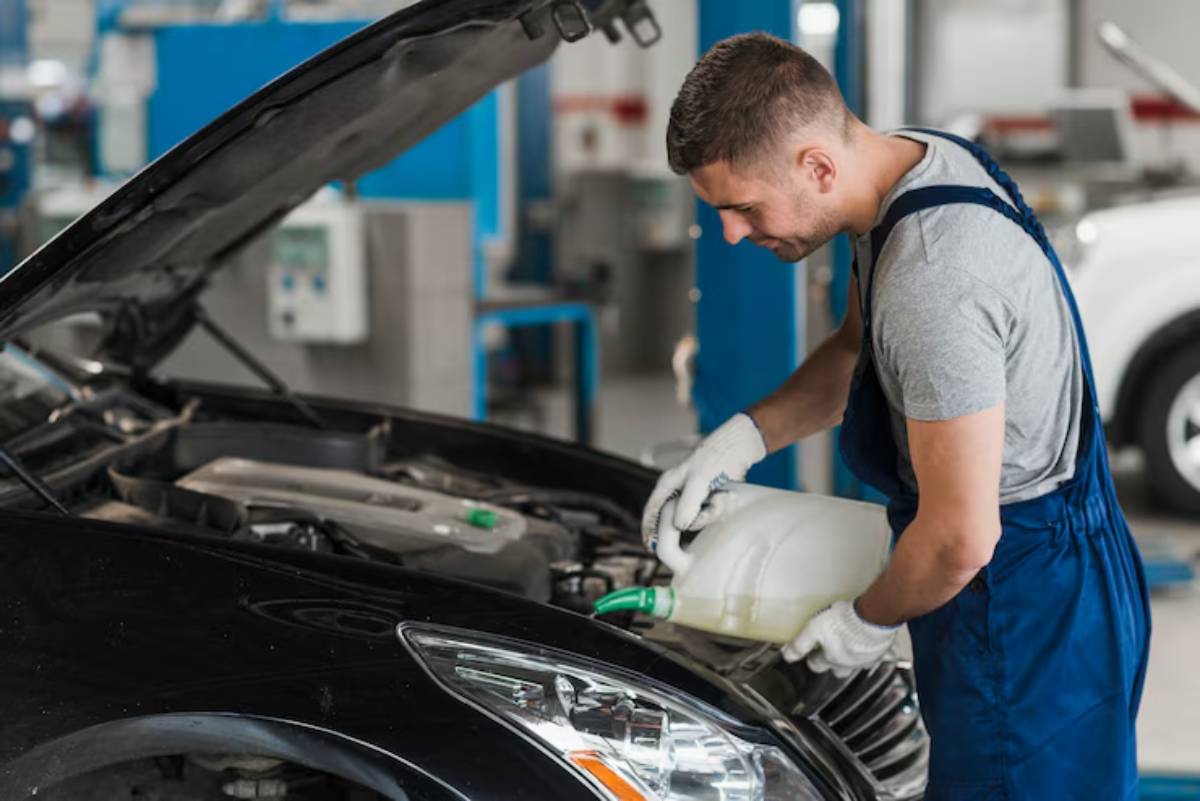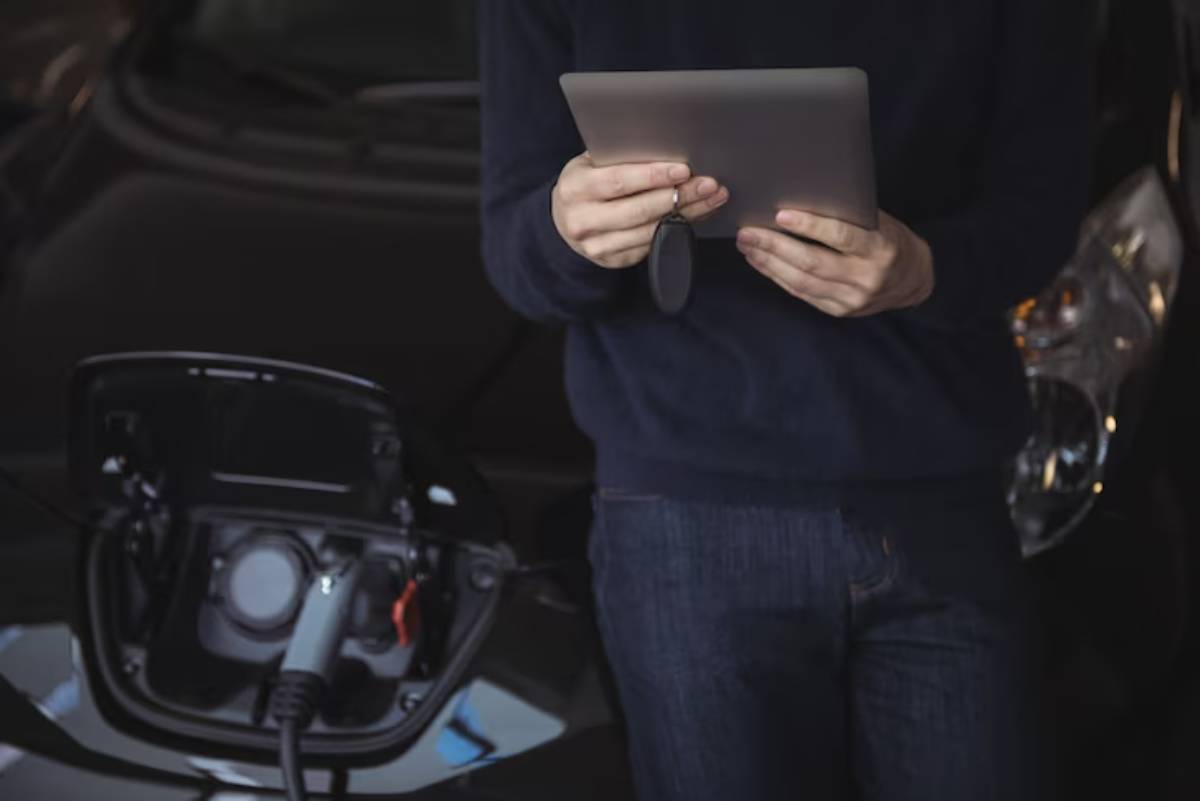
How to Update Hybrid Car Software Safely
When you think of updating your car, what comes to mind? A new set of tyres? Maybe a battery check? In today’s hybrids, it might just mean plugging in a USB stick or connecting to Wi-Fi.
Just like your phone or laptop, your hybrid car’s systems rely on software and firmware to function at their best. These systems control everything from energy management and regenerative braking to infotainment and driving assist features. Over time, car manufacturers release hybrid software updates to fix bugs, boost efficiency, and improve safety — and yes, sometimes even to patch security vulnerabilities.
But here’s the catch: updating your hybrid’s software isn’t as straightforward as tapping “Update Now.” If done incorrectly, it could leave you with system errors, reduced functionality, or even a bricked control unit.
In this guide, we’ll show you how to perform a hybrid system upgrade safely, confidently, and with complete control.
What Does a Hybrid Software Update Actually Do?
More Than Just a Glitch Fix
Hybrid cars rely on multiple electronic control units (ECUs). Software updates may target:
- Battery Management Systems (BMS): Improves charging cycles, temperature management, and degradation tracking.
- Powertrain Controllers: Optimise transitions between electric and petrol modes.
- Infotainment and Navigation: Adds features, updates maps, or improves UI speed.
- ADAS Modules: Improves safety systems like lane-keeping, emergency braking, or adaptive cruise control.
- Bug Fixes and Stability: Resolves known system crashes, lag, or unusual behaviour.
For example, Toyota has released over-the-air updates for its Prius to improve EV mode efficiency and hybrid engine recalibration after real-world feedback.
Why Software Updates Matter for Hybrid Drivers
1. Performance Optimisation
Your car’s software fine-tunes how efficiently it runs. Updates may offer:
- Smoother engine-to-motor transitions
- Better fuel economy
- Improved regenerative braking behaviour
2. Safety and Compliance
Firmware updates can include critical safety patches. For example, updates may address:
- Inverter temperature logic
- Cruise control bugs
- Sensor recalibrations
3. Extended Vehicle Lifespan
By keeping your car up to date, you ensure it runs like it’s supposed to, even years after you’ve bought it.
4. Enhanced Features
Sometimes updates bring entirely new functionalities: voice control improvements, phone integrations, or new driving modes.
How to Check If Your Hybrid Needs a Software Update
1. Visit the Manufacturer’s Website
Most major automakers (Toyota, Hyundai, Honda, and Ford) now have online tools or portals for checking updates. You’ll usually need:
- Your car’s VIN (Vehicle Identification Number)
- Model year and trim
2. Use a Diagnostic App or Tool
Apps like Car Scanner or OBDLink (paired with an OBD-II device) can read your firmware version and compare it to known updates.
Want help with scan tools? Read our guide on best diagnostic apps for hybrid car owners to learn how to check this with your phone.
3. Visit the Dealership
Some updates are dealer-only, particularly those affecting safety systems or high-voltage components. If you’re unsure, a quick service visit can confirm whether an update is pending.
Types of Hybrid Software Updates
1. Over-the-Air (OTA) Updates
Some newer hybrids, like the Ford Escape PHEV or Hyundai Ioniq 5, support OTA updates. These updates:
- Download via Wi-Fi
- They are often scheduled during idle hours
- Require minimal user intervention
2. USB-Based Updates
For infotainment systems or certain firmware modules, you might need to:
- Download update files to a USB drive
- Plug into your car’s designated port
- Follow on-screen prompts to install
3. Dealer Flash Updates
These updates are performed using specialised dealer tools (e.g., Toyota Techstream, Honda HDS) and are usually related to:
- Battery control modules
- Inverter firmware
- ECU software patches
How to Update Your Hybrid Software Safely: Step-by-Step Guide
Step 1: Know What You’re Updating
Before starting any update:
- Read the manufacturer’s release notes.
- Confirm whether the update is infotainment-only or includes critical vehicle systems.
- Check whether the update is user-performable or dealer-recommended.
Step 2: Back Up System Data (If Applicable)
Some systems allow you to back up:
- Navigation favourites
- Radio presets
- Paired devices
Do this before installation to avoid losing preferences.
Step 3: Prepare Power Sources
- If using USB: Ensure your car is parked with the ignition in accessory mode.
- If OTA: Confirm your car is connected to Wi-Fi and has enough charge.
- Never perform updates with a low battery or while in Ready mode unless the manufacturer explicitly advises.
Step 4: Install the Update
- Follow the on-screen instructions exactly.
- Don’t turn off the ignition or remove the USB until the process is 100% complete.
- For dealer updates, ensure they provide a summary of what was installed.
Step 5: Restart and Re-Test
After installation:
- Reboot your infotainment or hybrid system.
- Run a diagnostic check (if available) to confirm no residual faults.
- Test core functions like EV mode switching, regenerative braking, and navigation responsiveness.
Safety Tips: Avoid Bricking or Misconfiguring Your Car
- Only download update files from official manufacturer websites.
- Avoid using generic USB drives formatted incorrectly (use FAT32 if unsure).
- Don’t interrupt OTA downloads by opening doors, toggling ignition, or disconnecting Wi-Fi.
- Never attempt to flash critical ECUs yourself unless you’re trained — one misstep could brick the system.
When to Let a Professional Handle It
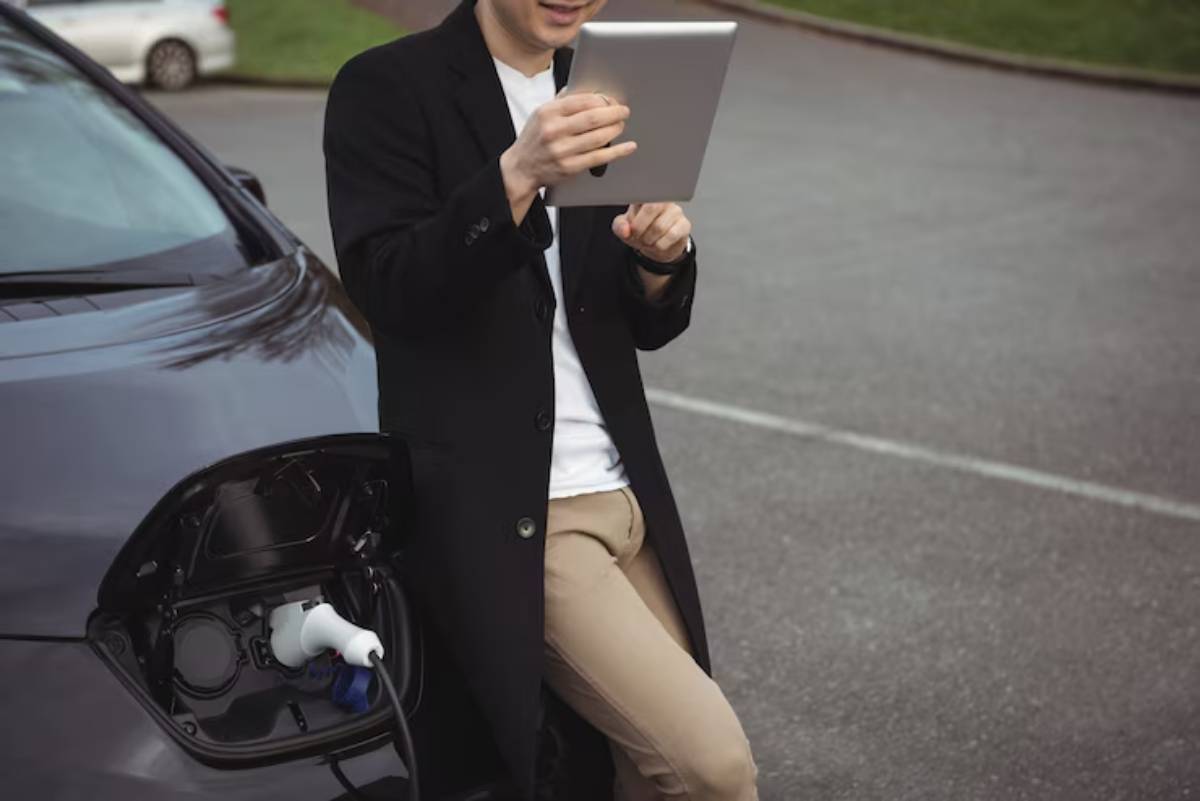
Some updates should be dealer-only, particularly those that:
- Affect hybrid control modules
- Require voltage equalisation
- Involve the Battery Management System (BMS)
- Are linked to safety recalls
If your vehicle is under warranty or part of a service bulletin, the update may be free — don’t hesitate to ask.
Troubleshooting Update Failures
If something goes wrong during an update, here’s what to check:
- Screen freezes or restarts mid-update: Wait a few minutes; some systems reboot automatically.
- Battery warning lights post-update: Use a scan tool to clear minor residual codes.
- If your vehicle loses functionality (e.g., EV mode is disabled), visit your dealer for a diagnostic reset or software rollback.
Some issues may seem serious, but can often be fixed with a hard reset or software reload.
Some issues may seem serious but can often be fixed with a diagnosing-hybrid-issues-with-obd-ii-tools for a hard reset or software reload.
Benefits You Might Notice Post-Update
- Smoother regenerative braking
- Faster touchscreen response
- More stable EV mode engagement
- Enhanced charging logic (especially in plug-in hybrids)
- Reduced “check engine” light triggers due to sensor recalibration
It’s a good idea to log fuel economy and system behaviour for a few weeks post-update to assess real-world improvements.
Conclusion: Keep Your Hybrid’s Brain as Sharp as Its Battery
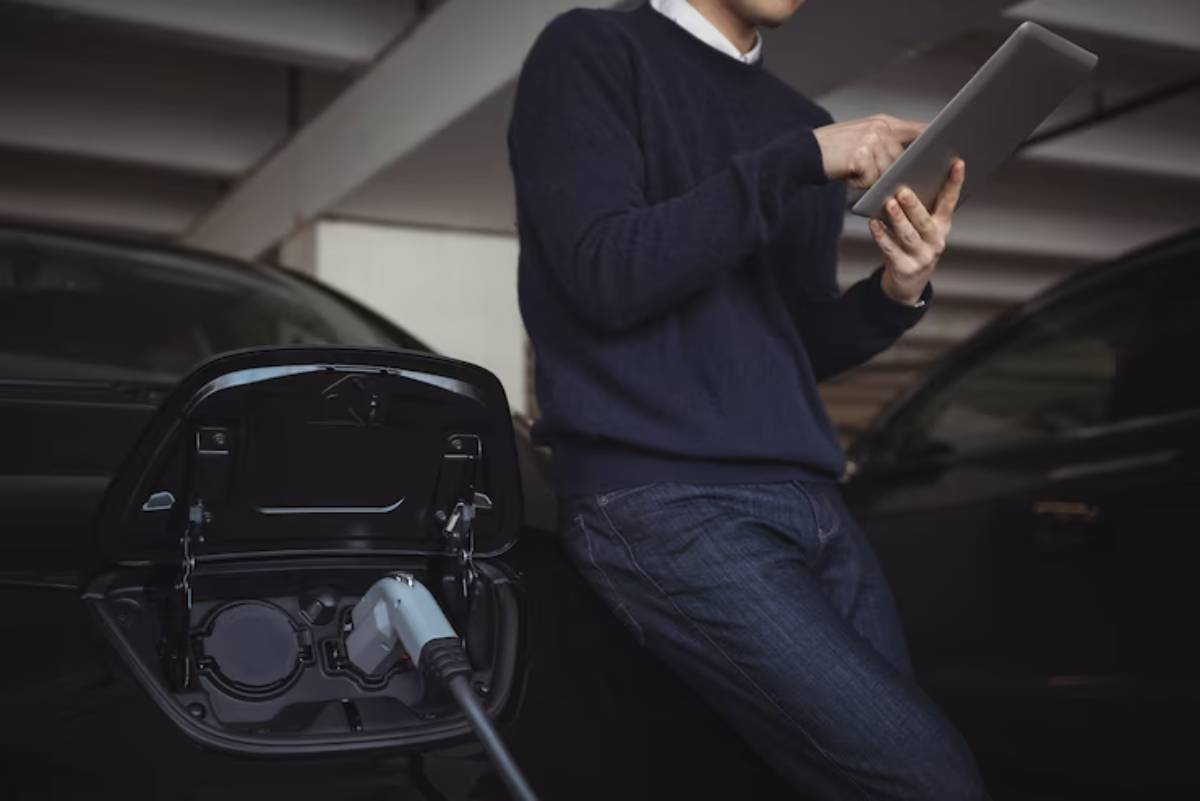
Your hybrid car isn’t just a machine — it’s a computer on wheels. And just like your smartphone, keeping its software up to date is key to performance, safety, and longevity.
By learning how to safely install hybrid software updates, you’re not just improving your ride — you’re future-proofing it. Whether you go DIY or visit your dealer, staying current with firmware means fewer surprises on the road, better fuel economy, and smarter energy use.
Here’s your action plan:
Check your VIN today. Visit your manufacturer’s update portal. Back up your infotainment settings. And schedule that update — your hybrid will thank you.
